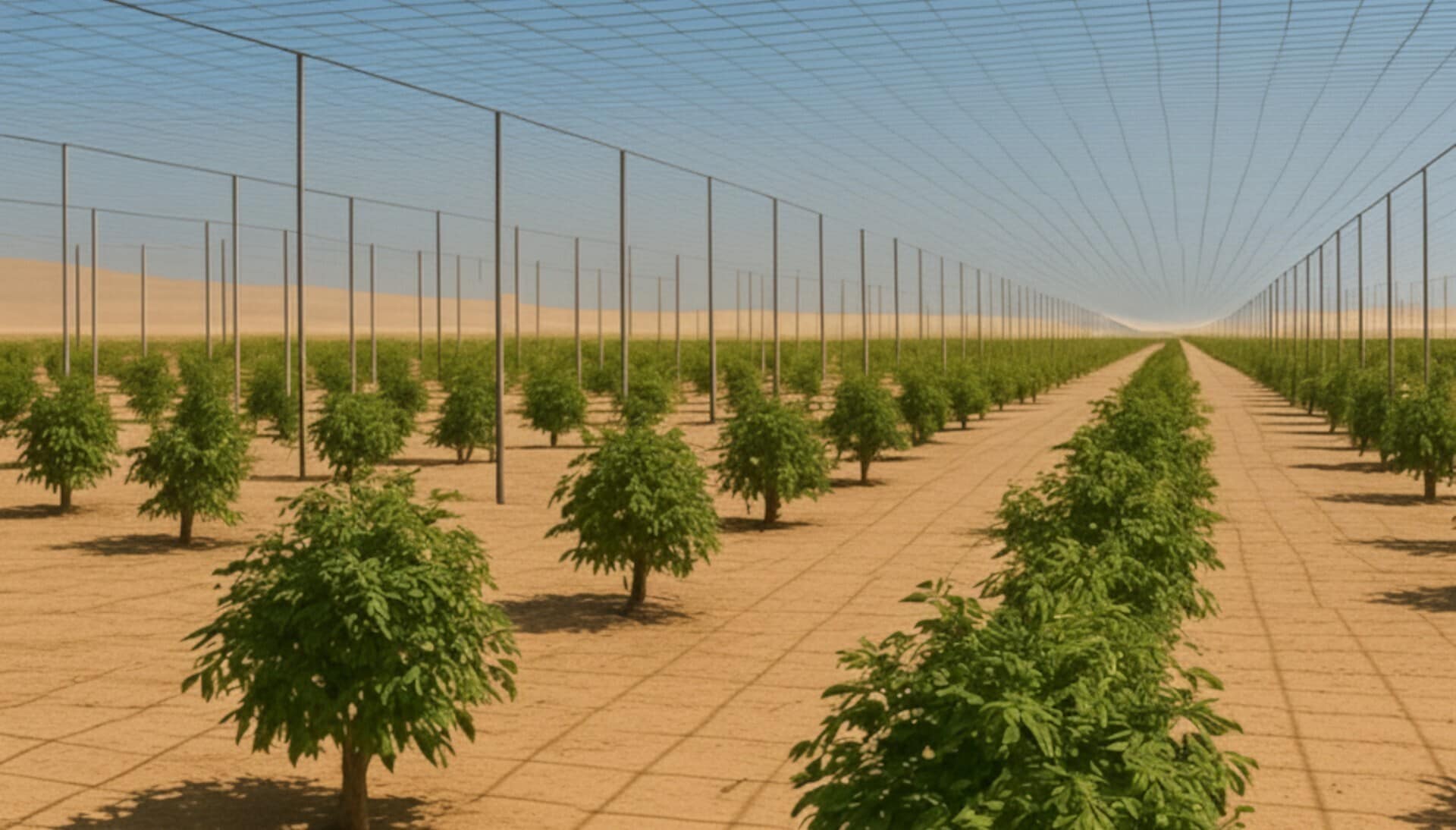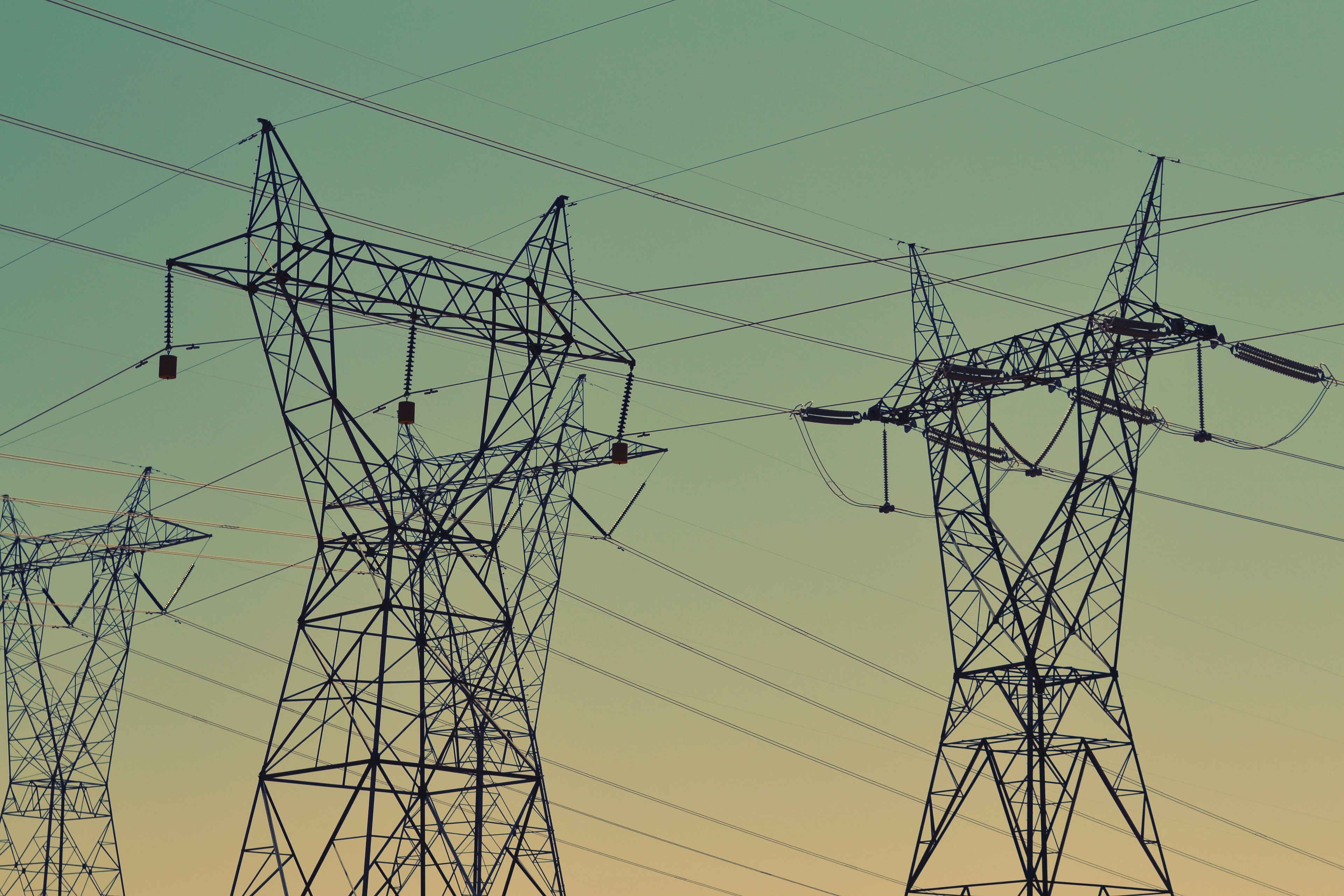Scientists have printed bio solar panels that could be used as batteries

Scientists have found that cyanobacteria create micro bio solar panels that can retain an electrical charge.
Image: REUTERS/Ivan Alvarado
Stay up to date:
Energy Transition
Solar panels are a great renewable power source for homes and office buildings, but they can be overkill for smaller devices. Wearables and clothing can benefit more from kinetic energy, and we’ve seen carbon nanotubes in yarn being stretched out to produce electricity. That same material has now been used with cyanobacteria to create micro bio solar panels.
Cyanobacteria bio solar panels
Scientists have been studying the energy potential of cyanobacteria for a few years now. They create their own food through photosynthesis, which is able to absorb solar power and hold an electrical charge. Back in 2015, scientists in Canada were researching blue-green algae, which is created from cyanobacteria, that could potentially replace batteries for smaller devices.
Accept our marketing cookies to access this content.
These cookies are currently disabled in your browser.
While it may not be enough to hold a significant charge on our smartphones, European scientists from Imperial College London, University of Cambridge, and Central Saint Martins have been able to create a battery and bio solar panel with cyanobacteria. They’re still alive after being printed with carbon nanotubes on a piece of paper using an inkjet printer.
How do these bio solar panels work?
Inside the chamber that these cyanobacteria are printed on, two electrodes are separated just like a battery and a membrane allows only protons to move through. When oxygen is created in the anode side, it’s released from the cathode section. Protons then move toward the cathode, where electricity generates and water is formed.
By using an inkjet printer and paper, scientists have been able to cut back on expensive manufacturing costs. Even though it’s a unique form of solar panel that can generate power without sunlight, there isn’t any feasible way that this process could replace traditional photovoltaic cells. It doesn’t make a lot of energy at one time and they have a short lifespan, living approximately 100 hours after production.
These bio solar panels could provide a temporary power solution in the future, assuming they can continue to scale it higher. It’s anticipated that they can create these micro-panels to the size of a standard 8.5-by-11 piece of paper. Dr. Marin Sawa, a co-author of the report from Imperial College London, gives examples of what their research can accomplish:
“We think our technology could have a range of applications such as acting as a sensor in the environment. Imagine a paper-based, disposable environmental sensor disguised as wallpaper, which could monitor air quality in the home. When it has done its job it could be removed and left to biodegrade in the garden without any impact on the environment.”
Scientists are attempting to make these bio solar panels even more affordable while also creating a longer-lasting, more powerful bio solar cell. Should they continue to ramp up this technology, it could be useful in developing countries to monitor their environment and health. It’s a perfect way to electrify items that require low power and will be used temporarily.
Don't miss any update on this topic
Create a free account and access your personalized content collection with our latest publications and analyses.
License and Republishing
World Economic Forum articles may be republished in accordance with the Creative Commons Attribution-NonCommercial-NoDerivatives 4.0 International Public License, and in accordance with our Terms of Use.
The views expressed in this article are those of the author alone and not the World Economic Forum.
Related topics:
Forum Stories newsletter
Bringing you weekly curated insights and analysis on the global issues that matter.
More on Energy TransitionSee all
David Homfray
October 8, 2025
Nontokozo Hadebe and Kunal Chandra
October 6, 2025
Marco Lambertini
October 2, 2025
Andrea Willige
October 2, 2025






